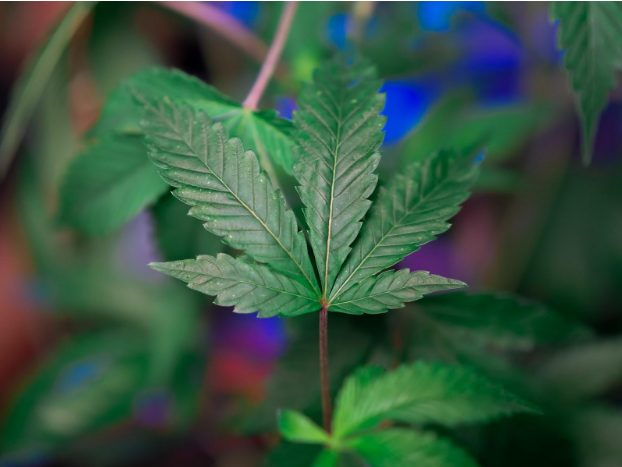Earth has the same rotational path as the Moon, so we can always see the Moon from the same side. The moon also obtains reflected light from the sun like Earth. So the Moon does not have its own light source. The light from the moon seen from Earth at night is the sun’s light reflected by the Moon. Facts of the Moon have made a lot of fun.
One of the facts is that NASA has conducted research on Moon dust that has been stored for about forty years. The dust was collected during the Apollo 17 mission on 7 December 1972 by Astronauts named Jack Schmitt and the Cernan gene.
NASA’s valuable discovery was given the name 73002. Opening of the discovery was carried out in November 2019. Analysis using the latest techniques that have been developed by NASA.
The purpose of this analysis is to expedite the mission to the Moon in 2020 to determine a further point worthy of further investigation. Furthermore, we refer to the extraordinary facts of the Moon while waiting for the results of research from NASA.
Read: Facts about nile river
20 Fun Facts Of The Moon
1. The Area Of The Moon Is Smaller Than The Asian Continent
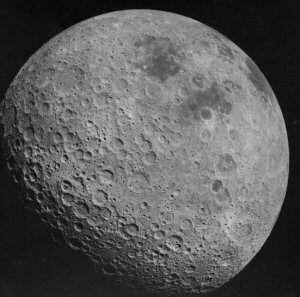
The moon has a surface area of 37.9 million square kilometers, while Asia Continent has a surface area of 44.4 million square kilometers. Thus, it can be concluded that the surface area of the Moon is smaller than the Asian Continent.
2. The Moon Locked In The Orbit Creates A Regular Phase Of The Moon
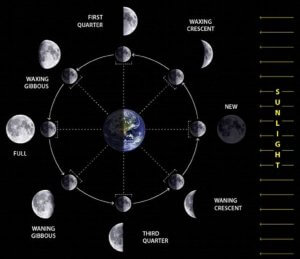
The slowing effect of Earth’s gravity keeps the Moon’s rotation on its axis. The rotation of the moon slows down according to its orbit, which is the time required by the moon to circle the earth, then the rotation of the moon becomes stable.
The moon has a regular phase that occurs from its process around the Earth and the Sun. When the Moon is in the farthest position from the Earth, the Moon will “look” dark. This is called the “Dead Moon” Phase.
Why does it “look” dark? Because the next facts of the Moon are there are no so-called dark sides of the Moon. All sides of the Moon get the same sunlight.
The concept of the dark side of the Moon arose because we who are on Earth can only see one side of the Moon alone.
When the Earth is almost in line between the Moon and the Sun, then we can see the moon very brightly. The moon will be illuminated by the Sun. This is called the “Full Moon”.
When the Moon is next to the Earth and the Sun will only be seen a portion of sunlight that illuminates the Moon. This is called the Crescent Moon. The moon following the Earth’s oval orbit is also part of the facts of the Moon.
3. Is The Moon A Satellite Of The Earth?
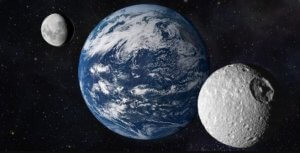
General understanding states that the Moon is a satellite of the Earth. Is that true? The moon is the fifth largest natural satellite in the Solar System. The moon does not have a global dipolar magnetic field.
NASA has hopes and plans to be able to install a permanent space station on the Moon. Furthermore, researchers in 1999 found an asteroid trapped in the gravitational clutches of the Earth.
The asteroid has a width of 5 kilometers. The asteroid was given the name Cruithne. Asteroid Cruithne takes 770 years to be able to circle the Earth. The researchers stated that the Asteroid Cruithne would remain around the Earth in a period of 5,000 years.
4. The Moon Has Gravity
The moon also has gravity like Earth, but the gravity of the Moon is weaker than Earth’s gravity. The gravity of the Moon is only one sixth of the gravity of the Earth, which is about 27 percent of the total size of the Earth. So, someone who weighs 150 pounds on Earth will only weigh 25 pounds while on the Moon.

5. The Moon Does Not Have Atmosphere
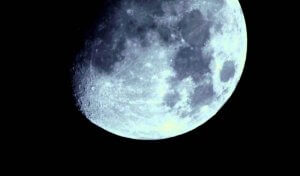
The moon is different from Earth. The moon does not have an atmosphere like Earth. The atmosphere contained on Earth functions to maintain the regularity of temperature, protect the Earth from meteorites and solar winds. The sky looks blue during the daytime is also the effect of the existence of the atmosphere on Earth.
However, the moon has no atmosphere. The temperature on the Moon changes very dramatically. When the Moon is very hot the temperature suddenly turns very cold and even returns again to become very hot. These changes occur very quickly.
Temperature variations on the Moon are very high. The moon looks like a vacuum because it has no atmosphere. The absence of atmosphere on the Moon makes cosmic rays easily reach the surface of the Moon.
This cosmic ray is very dangerous. In addition, solar wind and meteorites can freely go to the surface of the Moon. Facts of the Moon are always interesting to know.
6. Months Have Many Craters
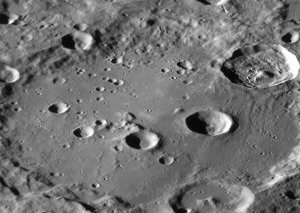
The moon has many craters caused by asteroid impacts. The incident was estimated between 4.1 billion to 3.8 billion years ago. This incident is also known as Late Heavy Bombardment.
The scar that looks like a crater is still there today. This condition is confirmed by the geological conditions of the inactive moon. The moon has no atmosphere, so there is no wind or rain. Very little surface erosion occurs on the Moon.
7. The Moon Does Not Have A Geometric Center

The moon has no geometric center. The shape of the moon also resembles an egg not round like a ball.
8. There Is An Earthquake On The Moon Being Also A Facts Of The Moon
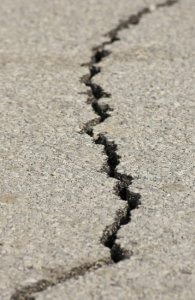
Astronauts use a seismometer to test whether the tone of the earthquake in Bula. The results of the test turned out extraordinary. Geologically, the Moon doesn’t really die.
On the Moon there is a small earthquake caused by Earth’s gravity. This event is referred to as Moonquakes. Researchers estimate the Moon also has a hot core like Earth. NASA’s Lunar Prospector spacecraft, which landed on the Moon, found a very small Moon nucleus measuring 2 to 4 percent of the Moon’s mass.
9. The Moon Forms A Sea Tide
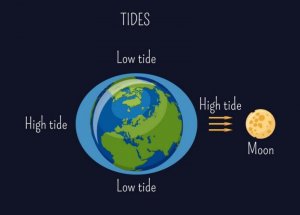
Tides have daily variations that change systematically following the Moon cycle. Tides occur when the Earth rotates under the Moon. When the New Moon and the Full Moon will cause the full tides.
The incident occurred when the Moon, Earth and Sun were in a straight line. When the tide rises it causes very high waves. Conversely, when the tides make waves very low.
The moon uses the gravitational pull on Earth, so that the water in the Earth’s oceans accelerates to the Moon and causes the water to swell.
The moon orbits around the Earth on its own axis. The result of these two movements is a protrusion of water that is also moving. The high tide is an event where water is bulging and the reverse event is receding.
10. Moon Requires 27.3 Days
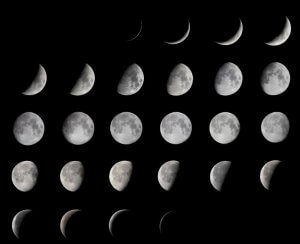
The moon takes 27.3 days to orbit around the earth and complete its orbit around the Earth. Furthermore, it takes 29.9 days to pass the lunar phase cycle. The phase starts from the new moon to the full moon and returns to the new moon.
11. The Moon Makes The Rotation Of The Earth Slow Down Every Century
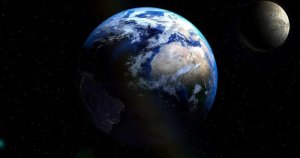
The moon draws part of the Earth’s rotational energy which causes the Earth’s rotation to slow down by about 1.5 milliseconds every century. In addition, the Moon also “steals” the Earth’s rotational energy every year to push its orbit as far as 3, 8 higher.
This makes the Moon and Earth slowly move away from each other. Researchers stated when the initial formation of the moon the distance from Earth was only 22,530 kilometers.
However, at present the distance between the Moon and Earth reaches 450,000 kilometers. When the gravity of the Earth has weakened, the Moon will leave Earth.
The next facts of the Moon are that the Moon is drifting away from Earth as far as 3.8 centimeters per year. Scientists estimate that events will continue to occur over the next 50 billion years.
Estimates going forward, the Moon will be quite far and will orbit on Earth within 47 days. In contrast to the current moon orbit which is only 27.3 days.
12. The Moon And Earth Are Often Called Double Planets
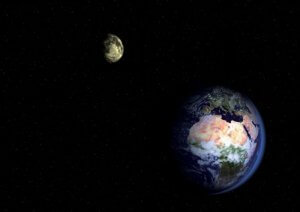
The moon has a quarter the size of the Earth. Researchers think that the Moon is like a Planet. This refers to the orbital equations of the Moon and Earth, so the Moon and Earth are also often referred to as double planets.
13. Luna 1 First Time To Succeed To The Moon

The first spacecraft to reach the Moon was Luna 1, which was the Soviet spacecraft. However, Luna 1 did not really land on the Moon. Luna 1 can only approach the surface of the moon as far as 5,995 km.
After that Luna 1 headed to orbit the sun. The next project is Luna 2 which successfully landed on the surface of the Moon. In 1959 Luna 3 was able to photograph the far side of the Moon.
In fact, a number of spacecraft included in the Luna series continue to be sent to the Moon by the USSR. Until finally Luna 16, Luna 20, and also Luna 24 returned to Earth with soil and rock samples from the Moon.
14. NASA Designing The Apollo Program

The Apollo program was designed by NASA, USA. This NASA project is the only one that successfully completed a manned mission to the Moon.
Neil Armstrong became the first human in the world to step on and walk on the surface of the Moon. The landing occurred on July 21, 1969 at 02:56 UTC. Neil Armstrong’s footprint is still on the lunar surface.
These footprints will continue to exist unless destroyed by landing or taking off by other spaceships. This can happen because there is no wind on the Moon. Another thing that can also destroy Neil Armstrong’s footprints is when an asteroid collision occurs.
15. The American Flag Looks Fluttering Even Without Wind
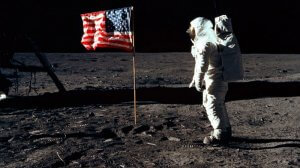
The moon really has no wind. However, how could the American flag carried during the Apollo project be seen flying. When “flying” the flag uses the “L” shaped flagpole.
The pole is mounted vertically and horizontally from both sides of the flag. The position of the “L” is what causes the American flag is seen fluttering on the Moon even without wind.
16. The Full Moon Is Not Visible In February
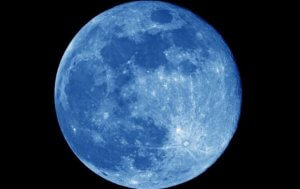
Full moon will most likely not be seen in February. However, during January and March two full months will appear. The second full moon that occurs in one month is known as the “blue moon”. The appearance of the full moon is part of the facts of the Moon.
17. Moon Structure
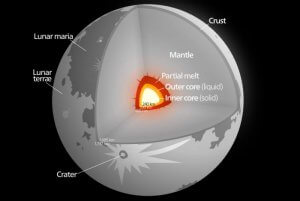
The moon has an internal structure consisting of a core, mantle, and crust. The core of the Moon has a dense structure and covers a radius of 250 kilometers.
The Moon’s dense core is surrounded by a fluid outer core with a radius of almost 300 kilometers. Furthermore, above the partial boundary there is a mantle and at the top is the Moon’s crust.
18. 1972 There Are Interesting Facts Of The Moon
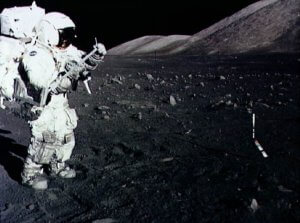
American Gene Cernan became the last person to walk on the Moon in 1972 on the Apollo 17 mission by Nasa (National Aeronautics and Space Administration).
After that year the mission to the Moon was carried out only using unmanned robotic vehicles. Robotic vehicles are controlled remotely. Nasa hopes to send his astronauts again to build a permanent space station.
19. Linkages Of Facts Of The Moon With Centrifugal Force
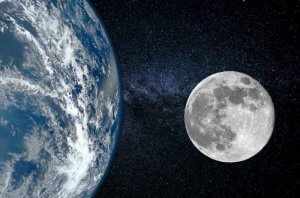
Sourch image: d.newsweek.com
The condition of the water on the Earth facing the Moon sticks out, so what happens to water on the side that does not face the Moon? The water on the opposite side also stands out.
This is because the centrifugal force, the force acting against the gravitational pull of the Moon and Earth, separates the two celestial bodies.
20. Theories Of The Formation Of The Moon
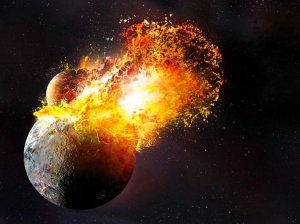
Scientists are not entirely sure how the Moon formed. There is a popular theory about 4.5 billion years ago that a rock called Theia with a size like Planet Mars crashed into Earth.
The event threw clouds of rock that evaporated into space. Rock clouds are obtained from parts of the Earth and other objects.
The debris from the rock clouds then condenses and forms the “Moon” as it is today. The vaporized rock clouds cannot be released into open space because of the gravitational pull of Earth.
The moon is the beauty of the solar system that is worth admiring. There are many facts of the Moon that are unique and extraordinary. We live between the beauty of the universe. Hopefully some facts related to the Moon can increase our knowledge and make us enlightened to the existence of the real Moon. The Moon and Earth are part of a beautiful solar system and maintain balance with one another.
